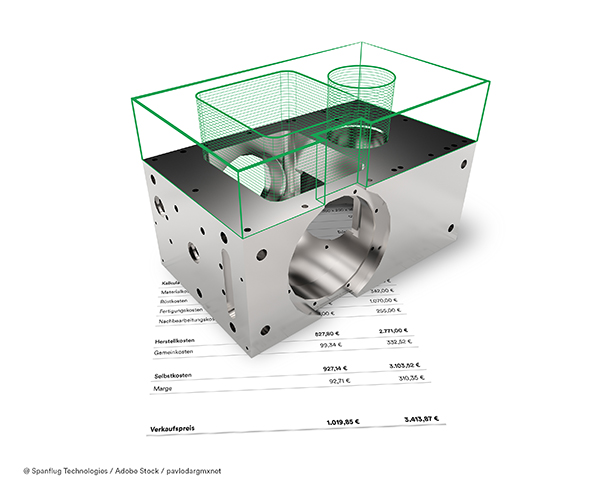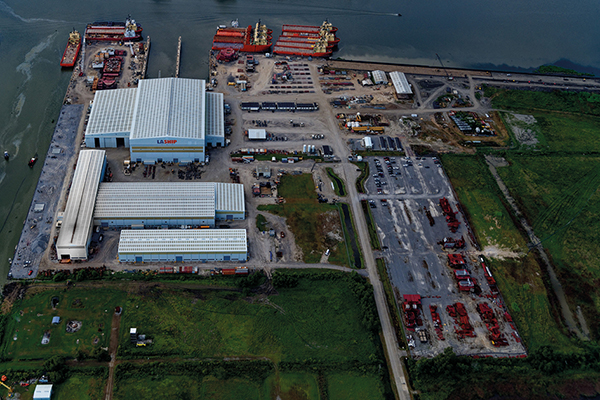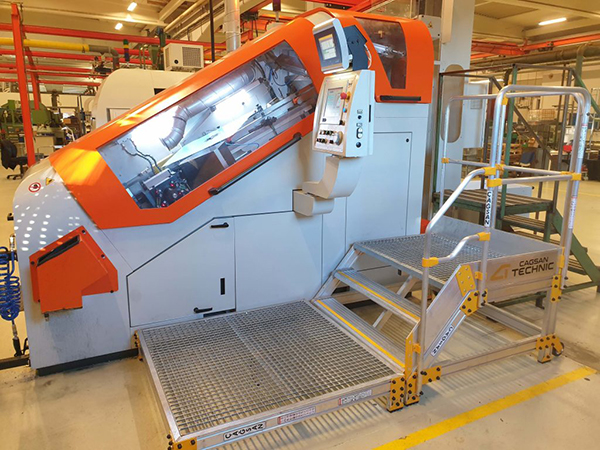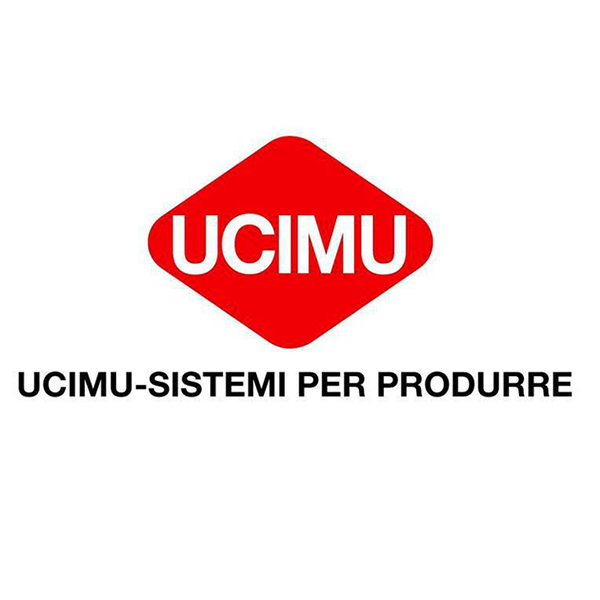
The VDW (German Machine Tool Builders’ Association) has acquired a minority stake in Munich-based Spanflug Technologies GmbH. This ambitious start-up has been operating since 2018 and is a spin-out from the Institute for Machine Tools and Industrial Management (iwb) at the Technical University of Munich (TUM). Spanflug aims to automate the quotation and parts procurement processes for manufacturers. The firm provides a platform on which customers can interact with suppliers and process their orders, and software that suppliers can use to generate their offers automatically.
For further information
www.vdw.de























